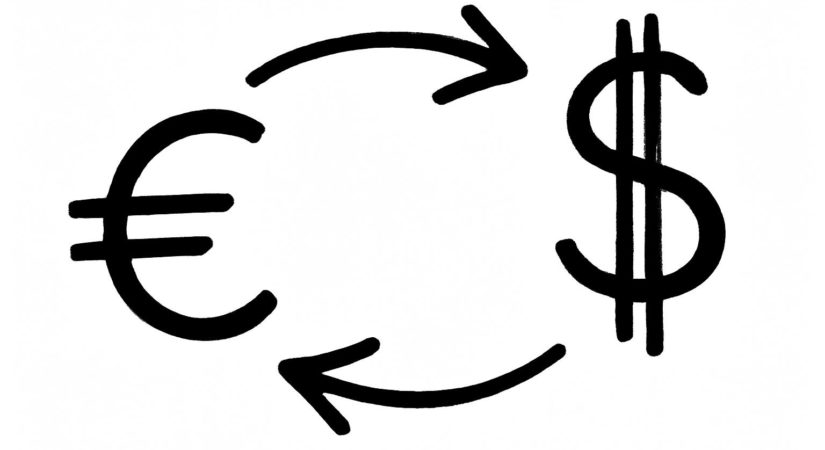The EUR/USD currency pair, typically known for low volatility, outperformed Bitcoin in June by rising nearly 4% to 1.1786, compared to Bitcoin’s 2.4% gain. Both assets have recorded similar year-to-date gains, exceeding 13%.
Analysts suggest EUR/USD could climb further, possibly facing resistance near 1.22-1.23. This optimism is supported by Germany’s recent fiscal measures, including loosening debt restrictions and launching a €500 billion infrastructure fund, signaling potential economic growth that could benefit the euro and related stablecoins.
The narrative around currency strength appears to be shifting from U.S. dollar exceptionalism, driven by historical fiscal stimulus, to increased confidence in German and European fiscal policies. Germany’s plan includes defense spending exemptions, substantial infrastructure investments, and relaxed budget constraints for state governments. These actions are expected to positively influence Germany’s GDP starting next year, with ripple effects across the Eurozone.
Market strategists note a portfolio reallocation favoring European equities amid these developments. Meanwhile, the traditional correlation between EUR/USD and the German-U.S. two-year yield differential has weakened since March. Rising U.S. yields now largely reflect the need to finance deficits rather than economic strength.
Looking ahead, the rate differential may favor the euro. Despite eight quarter-point ECB rate cuts this year, the euro has still appreciated against the dollar. Should the Federal Reserve begin cutting rates in response to slowing U.S. growth, this could widen the yield spread further, disadvantaging the dollar.
Additionally, European investors with significant U.S. stock holdings are increasing FX hedging to mitigate dollar depreciation risks. Higher hedge ratios—rising from 61% in January to 74% in April in some cases—imply increased euro buying and dollar selling. This trend could extend as more European institutions adopt hedging strategies, potentially sustaining the euro’s strength.
Similar hedging behaviors are reported among Asian funds, adding to pressure on the dollar. In summary, with expected U.S. monetary easing and evolving hedging demands, EUR/USD’s bullish momentum may persist despite challenges facing eurozone growth.
